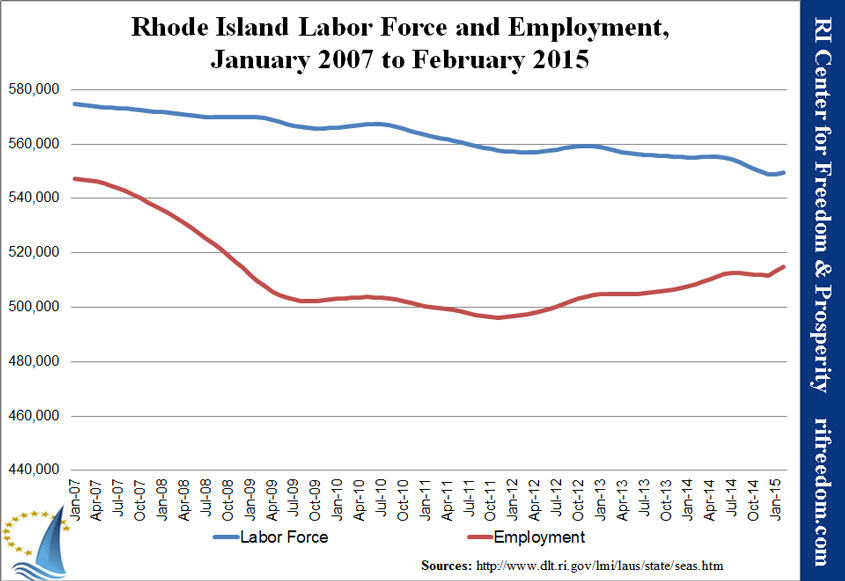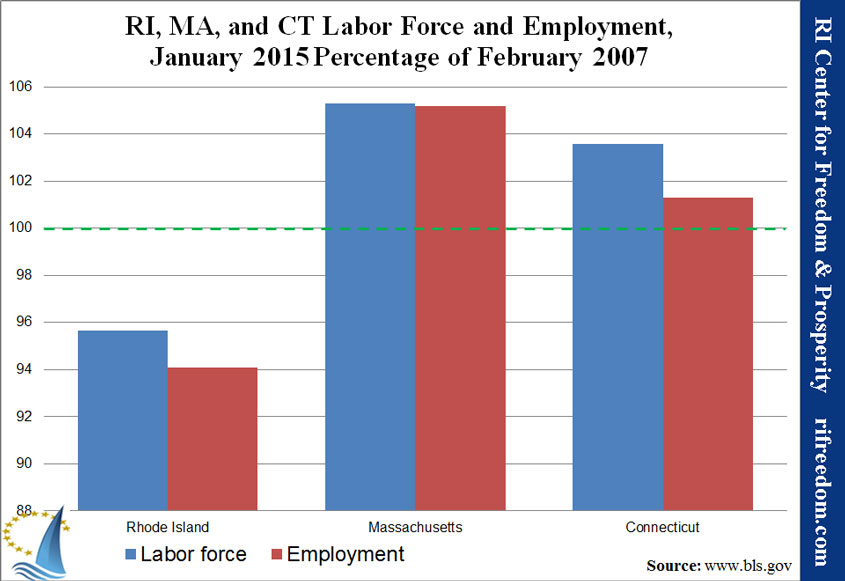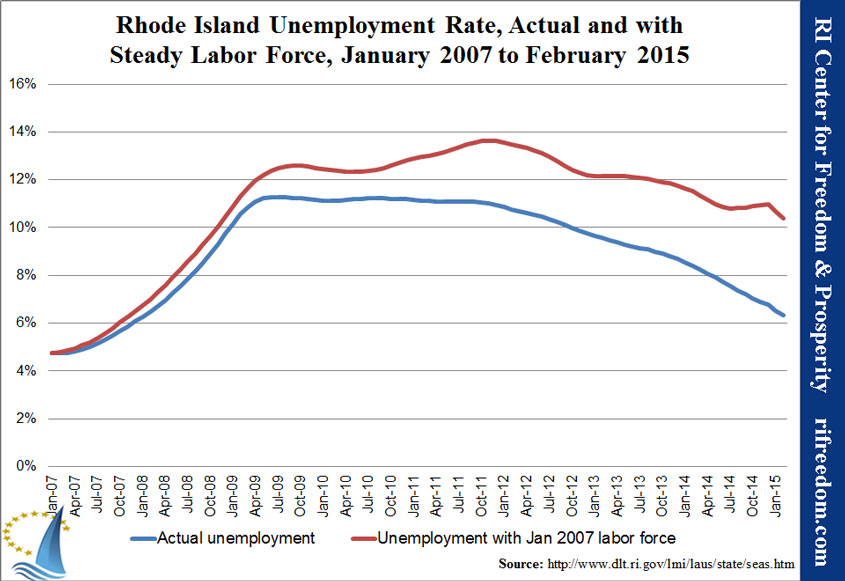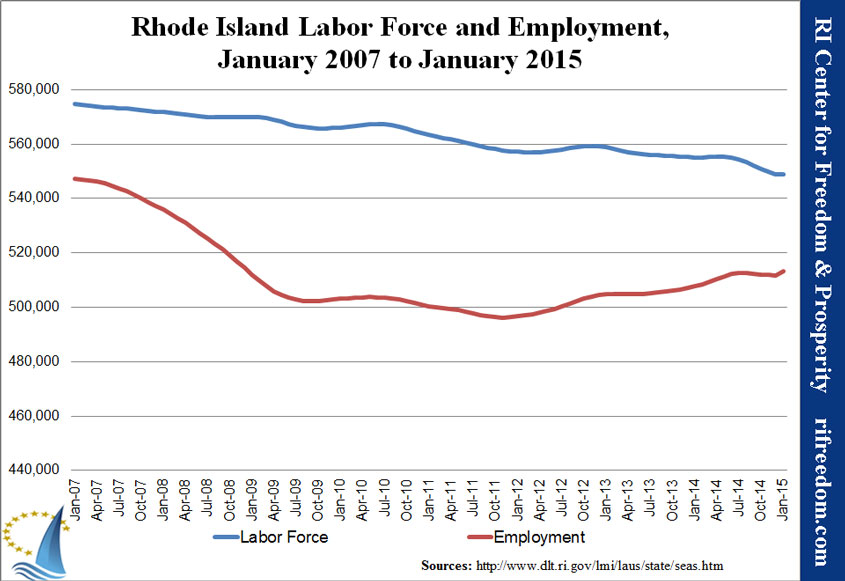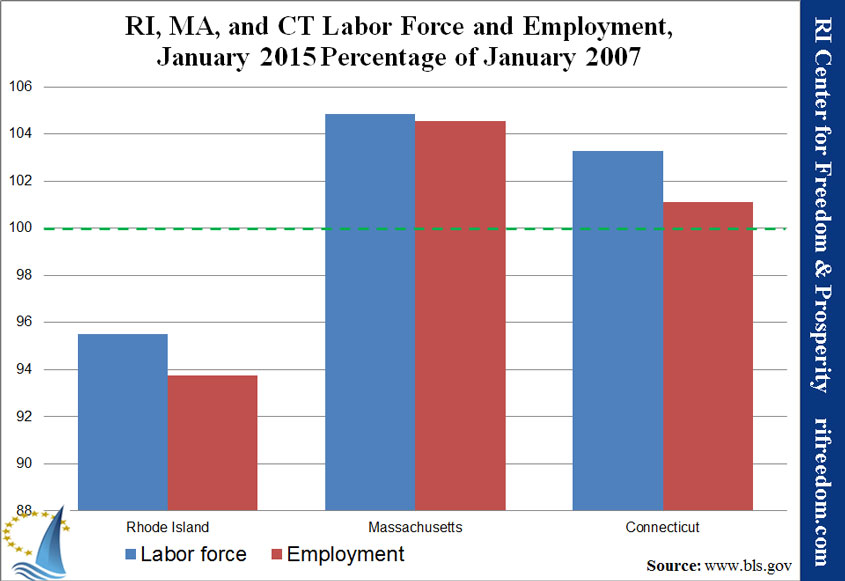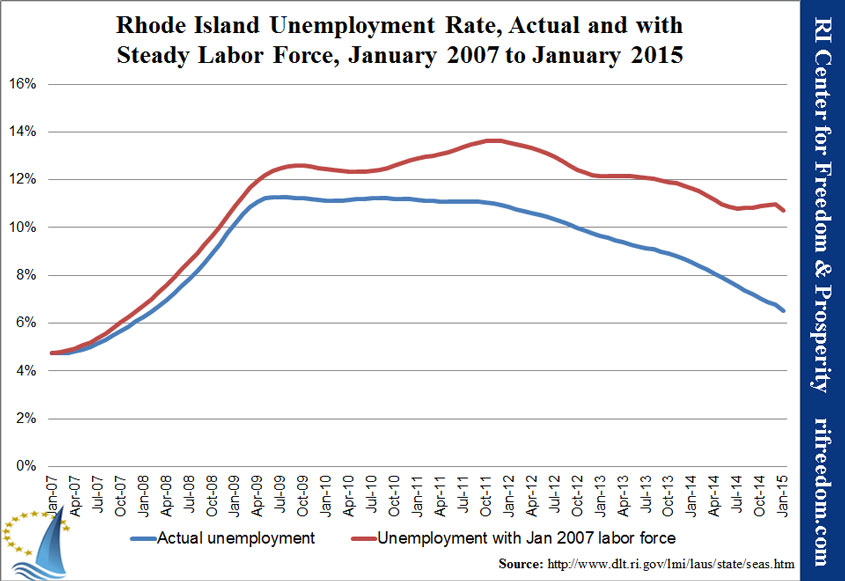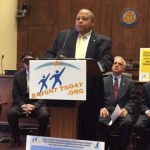STATEMENT: Serious Questions for House Oversight Committee Hearing on RhodeMap RI
Critical Questions About Controversial RhodeMap RI
Plan Must Be Addressed
How did a legitimate economic development plan request get hijacked and transformed into a radical social equity agenda?
Providence, RI — Critical questions must be asked and answered when Kevin Flynn, Associate Director of the state Division of Planning, testifies in front of the House Committee on Oversight at 4:30 pm this afternoon in Room 101 at the State House, suggests the RI Center for Freedom & Prosperity, a leading critic of the controversial RhodeMap RI plan, which will be the topic of the hearing.
The so-called economic development plan, which the Center argues is a radical social equity experiment in disguise, was adopted into Rhode Island’s official “Guide Plan” in December of 2014 by un-elected bureaucrats, without any significant public debate. Last fall, the Center challenged the Chafee administration and the RI Foundation, major supporters of the plan, to conduct an open and public debate on the matter, however, the requests were rejected or unanswered.
“Finally, the public will hear from the architect of this scheme, who, to date, has not been publicly questioned or held accountable for his actions,” commented Mike Stenhouse, CEO for the Center. “We know that in other states, similar plans have resulted in the infringement of individual property rights and the sovereignty of municipal governments. Mr. Flynn must be questioned as to what specific assurances he can point to that would preclude these same violations from happening in Rhode Island.”
The Center recommends that committee members
focus questions on a few critical areas:
-
How did a low-level, unelected bureaucrat receive the authority to sign-off on a document committing the entire state of Rhode Island and its 39 municipalities to adopt the six “livability principles” defined by HUD, a federal agency (U.S. Department of Housing and Urban Development)?
-
Was the 2013 legislative process manipulated, in a bait-and-switch maneuver, to corrupt a legitimate economic planning process by transforming it into a radical social-engineering experiment?
-
Are land seizures or private property development restrictions likely to become more prevalent under aggressive eminent domain or transfer of development rights mandates?
-
Given the devastating effects on the tax base in the city of Woonsocket, a poster child for HUD programs, why should every Rhode Island municipality be mandated to adopt similar programs, which invariably result in inequitable levies of property taxes?
-
Should Rhode Island risk its future economic viability on the notion that racial and income quota mandates, when it comes to residential compositions in neighborhoods, are a driver of economic growth?
Concerned citizens who value the concept of individual property rights are encouraged to attend the hearing.
The Center also commends the bi-partisan legislative sponsors of multiple legislative bills that would weaken or repeal many provisions of the RhodeMap RI plan, especially those that would create new mandates on municipalities. The Center has listed descriptions of a number of pro and anti RhodeMap RI pieces of legislation on its website.


